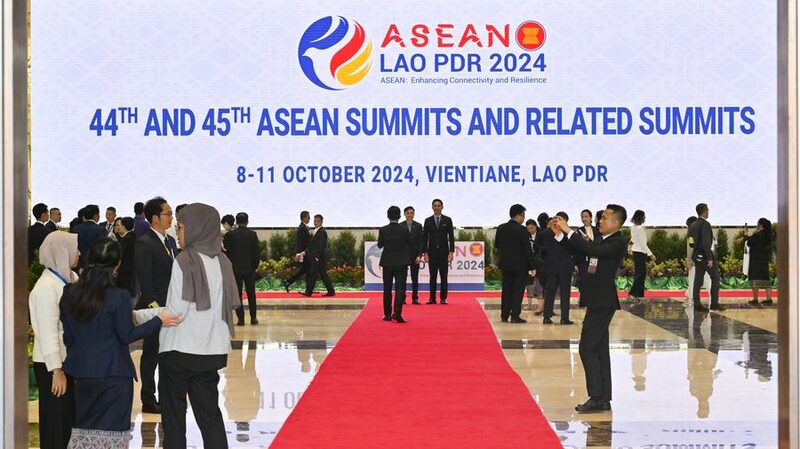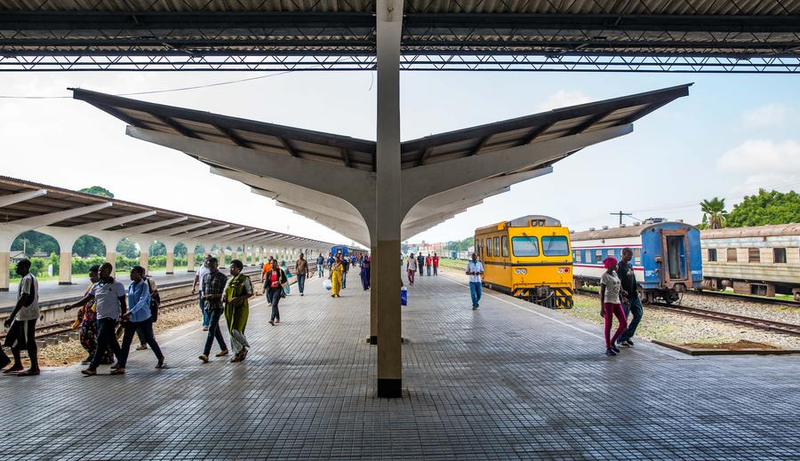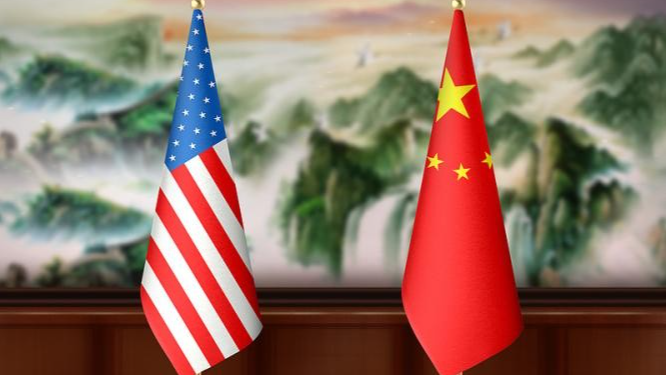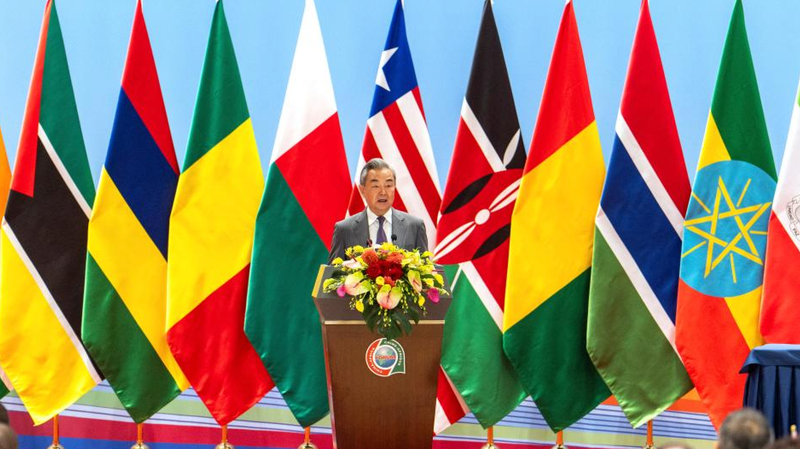The recent 44th and 45th ASEAN Summit held in Vientiane, Laos, marks a significant policy shift as Laos aims to transform itself from a land-locked nation into a pivotal regional connectivity hub.
Under the theme \"ASEAN: Enhancing Connectivity and Resilience,\" the summit highlighted the full operation of the China-Laos Railway, aligning with ASEAN's vision of a more connected and integrated region. This initiative is essential for addressing the emerging challenges in an increasingly complex and rapidly changing global landscape.
As one of the most influential regional organizations, ASEAN plays a crucial role in promoting regional peace, stability, economic development, and multilateral cooperation. Notably, China has maintained its position as ASEAN's largest trading partner for 15 consecutive years, while ASEAN has been China's top trading partner for four years in a row. The bilateral trade relationship boasts over $400 billion in cumulative investments in both directions, underscoring the deep economic ties between China and ASEAN member states.
China is committed to enhancing regional connectivity and integration by aligning its Belt and Road Initiative with ASEAN's connectivity and integration plans. The collaboration aims to accelerate the negotiations on the Version 3.0 China-ASEAN Free Trade Area, promoting the integrated development of regional production and supply chains and fostering globally competitive industrial clusters.
Beyond traditional industries, China and ASEAN are collaborating to develop emerging sectors such as the digital economy, green development, technological innovation, and artificial intelligence. This partnership is set to release greater innovation dynamism, fostering new growth drivers and competitive advantages for the region.
However, the summit also raised concerns about ASEAN's strategic autonomy in the face of intensifying rivalry between the United States and China. The U.S. is strengthening its security ties with ASEAN by renewing treaties with the Philippines and Thailand and forming new strategic alliances with Indonesia, Singapore, and Vietnam. In contrast, China's strategic partnerships with ASEAN countries operate within a more flexible and less restrictive institutional framework, raising questions about ASEAN's ability to maintain its strategic independence.
Reference(s):
Achieving greater connection without sacrificing strategic autonomy
cgtn.com




